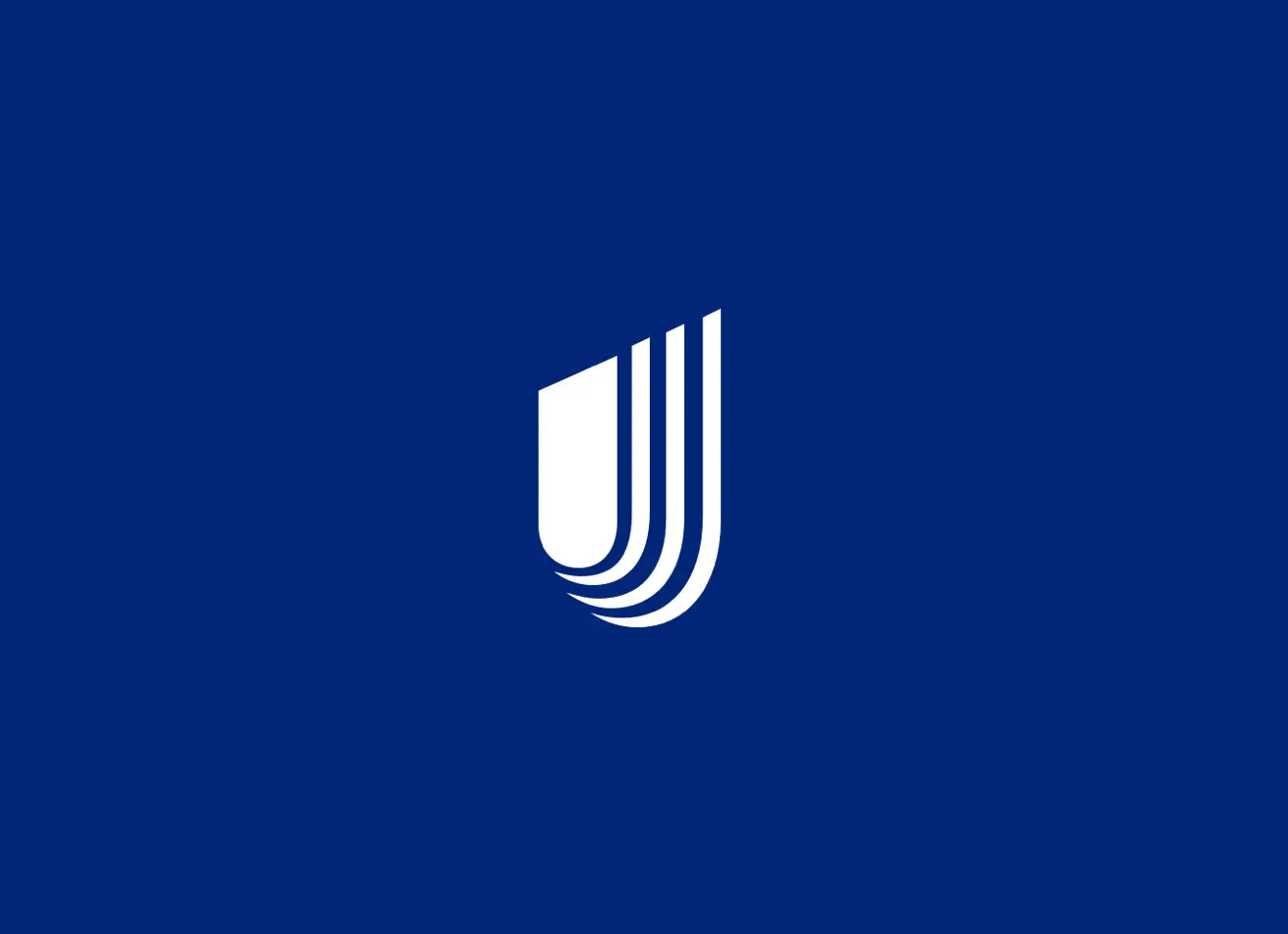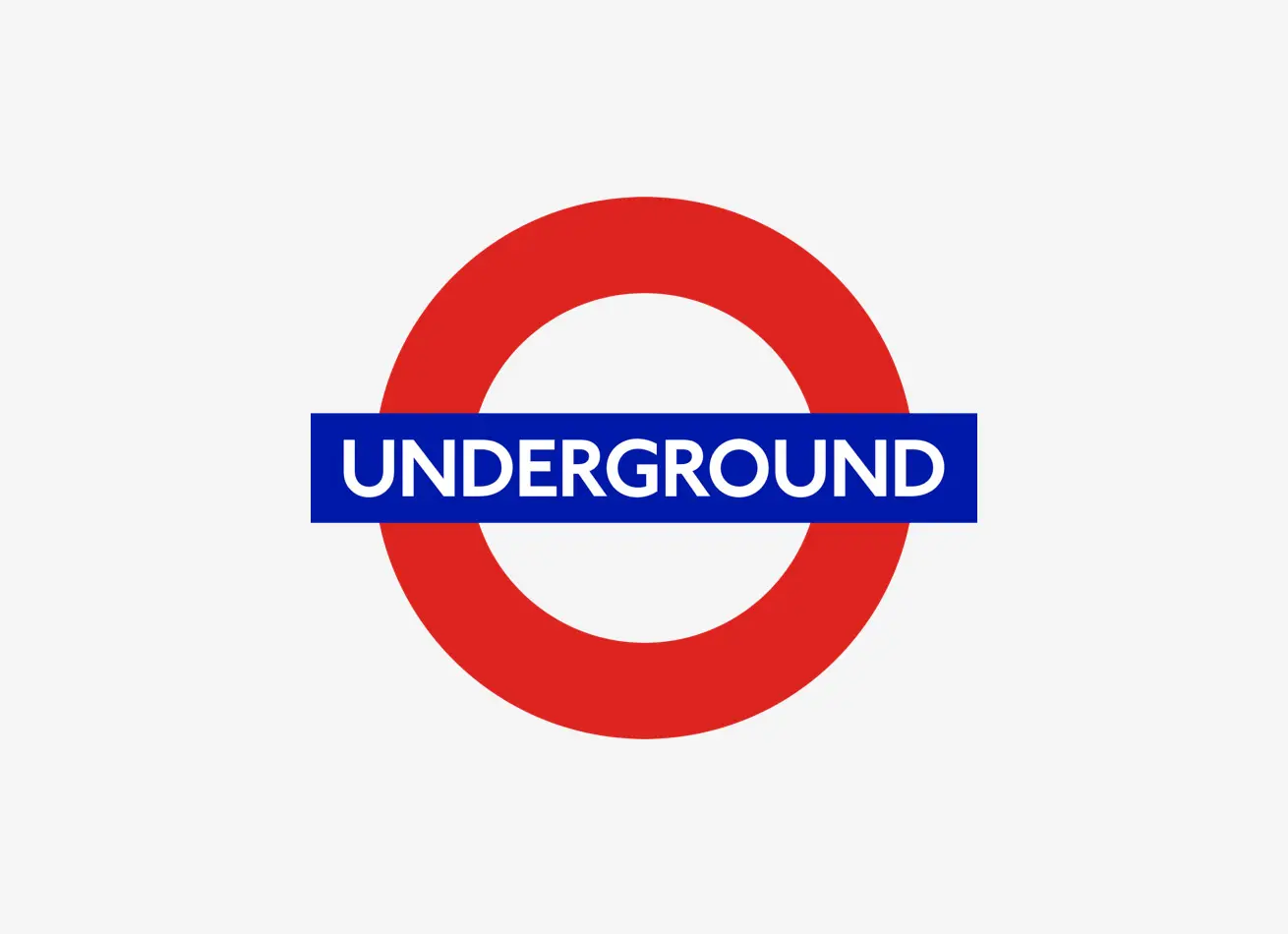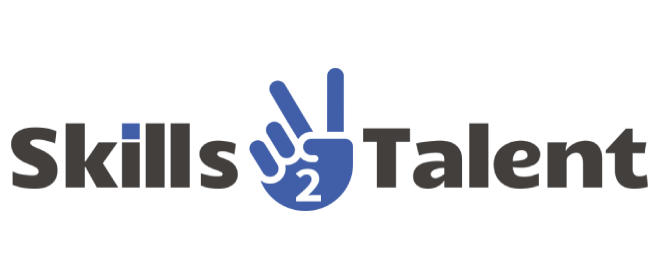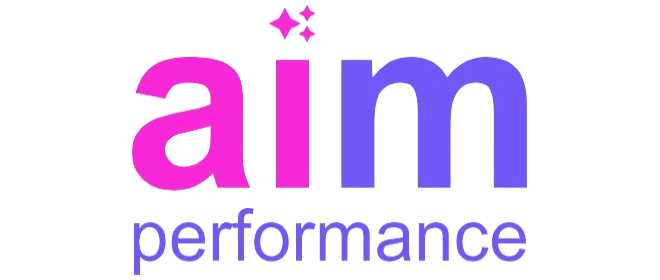In an increasingly competitive industrial environment, ensuring task prioritization for blue-collar workforce is critical for operational success. Performance Management System not only improve productivity but also help employees identify and focus on tasks that yield the greatest value. By creating a structured, technology-driven approach, PMS enables blue-collar employees to excel in their roles while aligning their efforts with organizational objectives
Providing Task Clarity Through Clear Objectives
Effective task prioritization begins with clarity. Performance management systems define clear objectives, ensuring blue-collar workforce understand what is expected of them. With specific, measurable goals, employees can differentiate between urgent tasks and those of lesser importance, enabling better prioritization. By removing ambiguity, PMS ensures that every employees knows exactly where their focus should lie.
Furthermore, frameworks such as OKRs (Objectives and Key Results) or SMART goals help align individual tasks with organizational priorities. For example, a warehouse team might prioritize inventory audits before restocking if those tasks align with upcoming business targets. This alignment ensures that every task contributes directly to broader company goals.
Real-Time Feedback for Agile Task Prioritization
One of the significant advantages of modern performance management is real-time monitoring. PMS provides supervisors with tools to track task progress and offer immediate feedback, helping employees adjust their priorities dynamically. Blue-collar workforce can address emerging challenges without waiting for periodic reviews.
For instance, a manufacturing employees may be notified instantly about a machine issue through the PMS, prompting a quick response. Real-time feedback also fosters accountability, as employees stay informed about the urgency of their tasks. This agility ensures that high-priority work gets immediate attention, minimizing delays in operations.
Enabling Seamless Communication and Coordination
Task prioritization often requires collaboration between teams, especially in environments involving multi-collar workforces. Performance management systems streamline communication by providing shared platforms for task updates, deadlines, and team discussions. Blue-collar workforce benefit from this transparency, as it minimizes miscommunication and ensures everyone is on the same page.
For example, in a construction project, electricians and plumbers can coordinate their schedules through PMS tools to avoid redundant or conflicting efforts. Additionally, task delegation features allow supervisors to quickly reassign priorities based on team availability, ensuring smoother workflows and timely execution of critical tasks.
Leveraging Data Insights to Drive Smart Task Prioritization
Performance management systems generate valuable data on employee’s productivity, task timelines, and recurring challenges. These insights help blue-collar workforce, and their supervisors make informed decisions about task prioritization. By understanding which tasks consume the most time or frequently cause delays, employees can better allocate their efforts.
Predictive analytics tools within PMS also identify potential risks or dependencies in advance. For instance, if a logistics team identifies bottlenecks in loading operations, they can prioritize that task before proceeding with others. Data-driven decision-making eliminates guesswork, enhancing efficiency across the workforce.
Developing Skills to Handle High-Priority Tasks
Training and skill development are integral to effective task prioritization. Performance management systems identify skill gaps and recommend targeted training programs, enabling blue-collar workforce to handle high-priority tasks confidently. Skilled employees can complete complex tasks faster, reducing the likelihood of errors or delays.
For example, a factory employee trained in operating advanced machinery can prioritize maintenance over less critical activities during equipment breakdowns. This capability not only improves task execution but also fosters a sense of empowerment, as employees feel equipped to handle responsibilities that directly impact organizational goals.
Motivating Prioritization Through Recognition
Recognition serves as a powerful motivator for blue-collar workforce to focus on task prioritization and prioritizing high-impact tasks. Performance management systems include features for acknowledging individual and team achievements, reinforcing positive behaviors. Employees who excel in task prioritization and handling critical duties are rewarded, creating a culture of accountability and dedication.
For instance, celebrating the efforts of a technician who prioritizes safety inspections ensures that others are inspired to adopt similar practices. This recognition builds morale and encourages employees to give precedence to tasks that drive the most value for the organization.
Balancing Workloads to Avoid Overburdening Employees
Overloading employees with too many high-priority tasks can lead to burnout and reduced productivity. Performance management systems help supervisors balance workloads effectively, ensuring tasks are distributed evenly across the workforce to support effective task prioritization. This approach allows employees to focus on their responsibilities without feeling overwhelmed, improving their ability to prioritize tasks efficiently
For example, in a logistics environment, a driver assigned multiple urgent deliveries can have their tasks redistributed to colleagues. This ensures all deliveries are completed on time while maintaining employee well-being. A balanced workload promotes better prioritization, as employees can give their full attention to each task.
Adapting to Dynamic Task Prioritization Needs
The nature of blue-collar work often involves sudden shifts in priorities due to unforeseen challenges, such as equipment failures or urgent customer demands. Performance management systems enable employees to adapt quickly by providing automated updates and reassigned tasks based on new priorities.
For instance, a technician might receive an alert for an urgent repair through the PMS, prompting immediate action. The system’s ability to reprioritize tasks dynamically ensures that critical issues are addressed without compromising ongoing operations. This adaptability keeps the workforce agile and responsive to changing circumstances.
Empowering Employees with Technology
Modern performance management systems integrate advanced technologies such as mobile apps and IoT (Internet of Things) devices, putting task prioritization tools directly into the hands of blue-collar workforce. Employees can view and update their tasks on the go, ensuring they remain aligned with shifting priorities.
IoT devices further enhance prioritization by providing real-time alerts. For example, a sensor detecting a machine malfunction can immediately mark it as a high-priority task in the PMS, notifying the maintenance team. This seamless integration of technology ensures tasks are prioritized efficiently, reducing delays and improving overall productivity.
Conclusion: A Strategic Approach to Task Prioritization
Performance management systems do more than just track employee performance they revolutionize how blue-collar workforces approach task prioritization. By fostering clarity, enhancing communication, leveraging data, and embracing technology, PMS ensures that employees focus on what truly matters.
Organizations that invest in performance management are better equipped to navigate the complexities of task prioritization in fast-paced environments. By empowering their blue-collar workforce with the tools and skills to prioritize effectively, companies can achieve greater operational efficiency, productivity, and employee satisfaction.











Companies often neglect to have written standards and policies around their cybersecurity. Why? Because dozens of them are usually needed, covering everything from equipment management to backup procedures, admin credentialing, remote work policies, and so much more. But it’s well worth the effort.